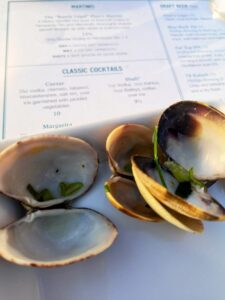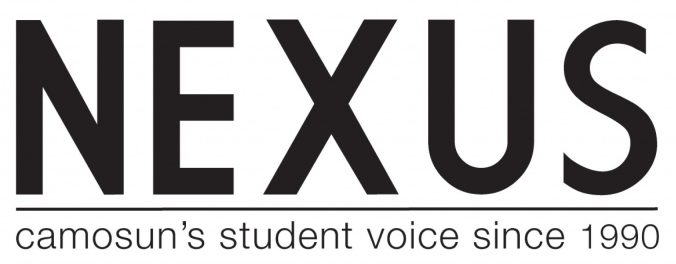A national historic site, Victoria’s Chinatown is famous for being the oldest surviving Chinatown in Canada. The closely built brick buildings create a labyrinth of inner courtyards, alleys, and passageways, giving Chinatown its mysterious allure.
This neighbourhood was originally dominated by three import-export companies, including Kwong Lee & Co. Founded by Lee Chong, it was the second largest company in Canada in the 1860s after the Hudson’s Bay Company.
Although a cultured community with temples, schools, theatres, a hospital, and much more, Chinatown was known by other settlers as “the forbidden city” and housed brothels, illegal gambling clubs, and opium dens. Fan Tan Alley was named for the traditional Chinese game that was popular amongst gamblers at the time.

After the completion of the Canadian Pacific Railway, which was built mainly by Chinese labourers, the Canadian government introduced immigration laws that were aimed at forcing the Chinese population out of the country and impoverishing those remaining. When The Chinese Exclusion Act was finally repealed in 1947, Chinese immigrants followed economic opportunity out of Chinatown, leaving many buildings sitting empty and run down.
In the 1980s, the City of Victoria and the citizens of Chinatown began a “revitalization program” in an attempt to preserve the neighbourhood.
In the late ’60s, before the program and before the bright-coloured lanterns lined Fisgard Street, my mother and her friends would pool their allowances for a bowl of chow mein. Whoever had better chopstick skills would get the most food. Any remaining money went toward bars of ginseng soap and other small treasures.
Five decades later my mother is still in love with Chinatown. Five minutes after the birth of my child, she abruptly declared she was off to Chinatown for noodles, and goodbye. Shocked, my husband quietly asked me if she was kidding. Unfazed, I assured him she was not.
Two years later, my child is obsessed with the “eyeballs” in bubble tea, which are balls of tapioca or coconut jellies. The Bubble Tea Place at 532 Fisgard Street has operated since 1999 and boasts Victoria’s largest selection of original flavours. During the winter months, a hot chai bubble tea is especially comforting.
When asked which flavour they wanted, my toddler responded “purple.” To my delight, the purple bubble tea was flavoured with taro, a starchy root vegetable that takes on a beautiful purple hue when steamed.
Having recently experienced the flavour of taro in a purple donut from Friends and Family Bake, located at 3 Fan Tan Alley #101, I was excited to try it in a bubble tea. Slightly earthy with a nutty, vanilla flavour, this drink felt comfortably familiar.
Chinatown has always been an inspiring place to discover something new, or find something old. A few of my favourite stores include Bamboo Beads and Bling, where you can find rare and exquisite jewelry-making supplies; Best of Both Worlds Imports, for furniture and home accessories; and the classic Dragon Village, where Chinese dishes, cookware, gifts, and swords are stacked to the ceiling.
Visit the Victoria Chinatown Museum (located at 10 Fan Tan Alley) to learn more about the history of Chinatown and current cultural activities.
Experience the beautiful and enduring culture that pours from the storefronts like the heady incense that is constantly burning.
